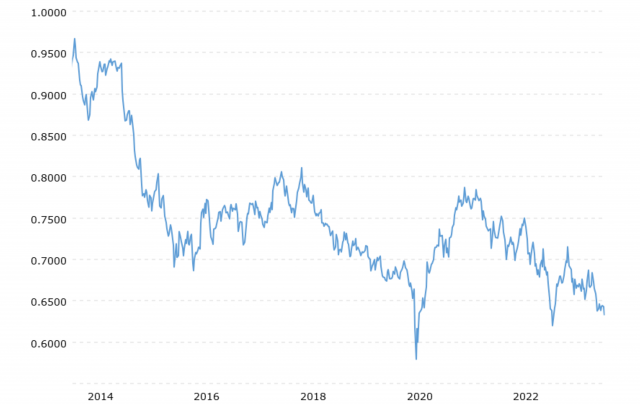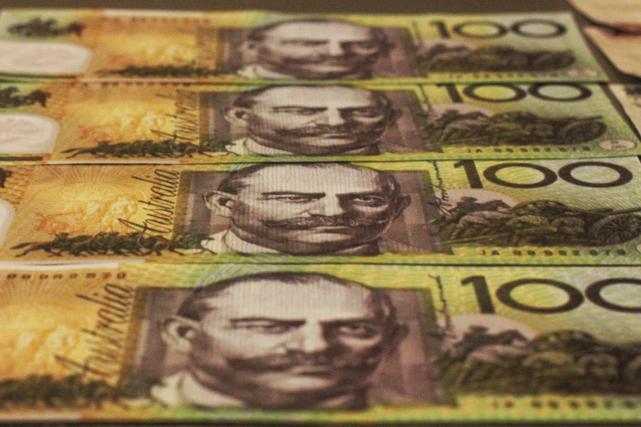If you have been listening to the news recently, you may well have heard that the Australian dollar has declined in value against the US dollar and the exchange rate has recently dropped to around U.S 63 cents.
Let’s start by taking a closer look at what we mean by exchange rates.
In simple terms, the exchange rate between two currencies is the rate at which one currency can be exchanged for the other.
In Australia, we will typically talk about what one Australian dollar will buy elsewhere and since the US is typically regarded as the single largest economy, most countries will track the value of their own currency relative to the U.S. dollar, i.e. 1 AUD = US$0.63.
It turns out our dollar has also dropped against many other currencies since the start of this month as well.
Now you may well be thinking, ‘so what?’ and for many of us there isn’t an immediate or direct impact, but if you are planning to travel overseas, this is not great news since this means that you get less of the foreign currency for your Aussie dollar and hence everything will be more expensive in the overseas country that you visit than it would have been previously. Imports will also cost more.
For business owners, there is good news and bad news when currency fluctuations occur depending on their relationship with the overseas countries.
If a company purchases products or raw materials from overseas in the currency of that country, then if the exchange rate drops, these imports now become more expensive since more Australian dollars will now be needed to purchase the supplies in the foreign currency.
Not good. However, if the business is exporting its goods overseas, then this is potentially a great benefit since its products become less expensive in foreign markets and hence more likely to be purchased.
This is why a lower exchange rate can be expected to improve a country’s balance of trade, so not necessarily all bad news.
Exchange rates are not something that any business can control but if your business does import or export overseas, then staying informed about current exchange rates and the market expectations about what is likely to happen to these is necessary.
If our dollar is likely to stay weaker for a period of time, you may want to consider alternative suppliers either at home or in countries with a more favourable exchange rate.
Equally, if your foreign suppliers are not lowering their prices for you, it may be time to renegotiate your contracts with the knowledge that your dollars are now worth more than they used to be in their country.
Another option that some companies utilise is that of ‘hedging’.
When a business decides to hedge on currency, the company makes a ‘forward contract’ or a ‘currency option’ which is an agreement to buy or sell a certain amount of foreign currency on a specific future date. This is a financial risk mitigation strategy but can work against you if the currency does not go the way you expect so this is something you should discuss with a reputable financial professional with expertise in the field.
What causes the exchange rate to fluctuate anyway?
This is a complicated subject since there are multiple factors related to market stability and inflation but local interest rates are always a distinct factor.
If Australian interest rates increase relative to rates in the US, Europe or Japan, Australian assets that pay interest (such as government bonds) become more attractive to foreign investors since these assets are now giving a higher rate of return.
Inflation has been on the increase in Australia since around mid-2021 and from May 2022 onwards, the RBA has tried to curb this through raising interest rates, the theory being that people and business will borrow less and hence reduce the money supply in the market.
Ordinarily this would have led to a stronger Australian dollar but since US inflation has been worse and their interest rate hikes larger and more rapid, by comparison our dollar is weaker.
Ian Ash ACC, AInstIB
Managing Director OrgMent Business Solutions – ombs.com.au








